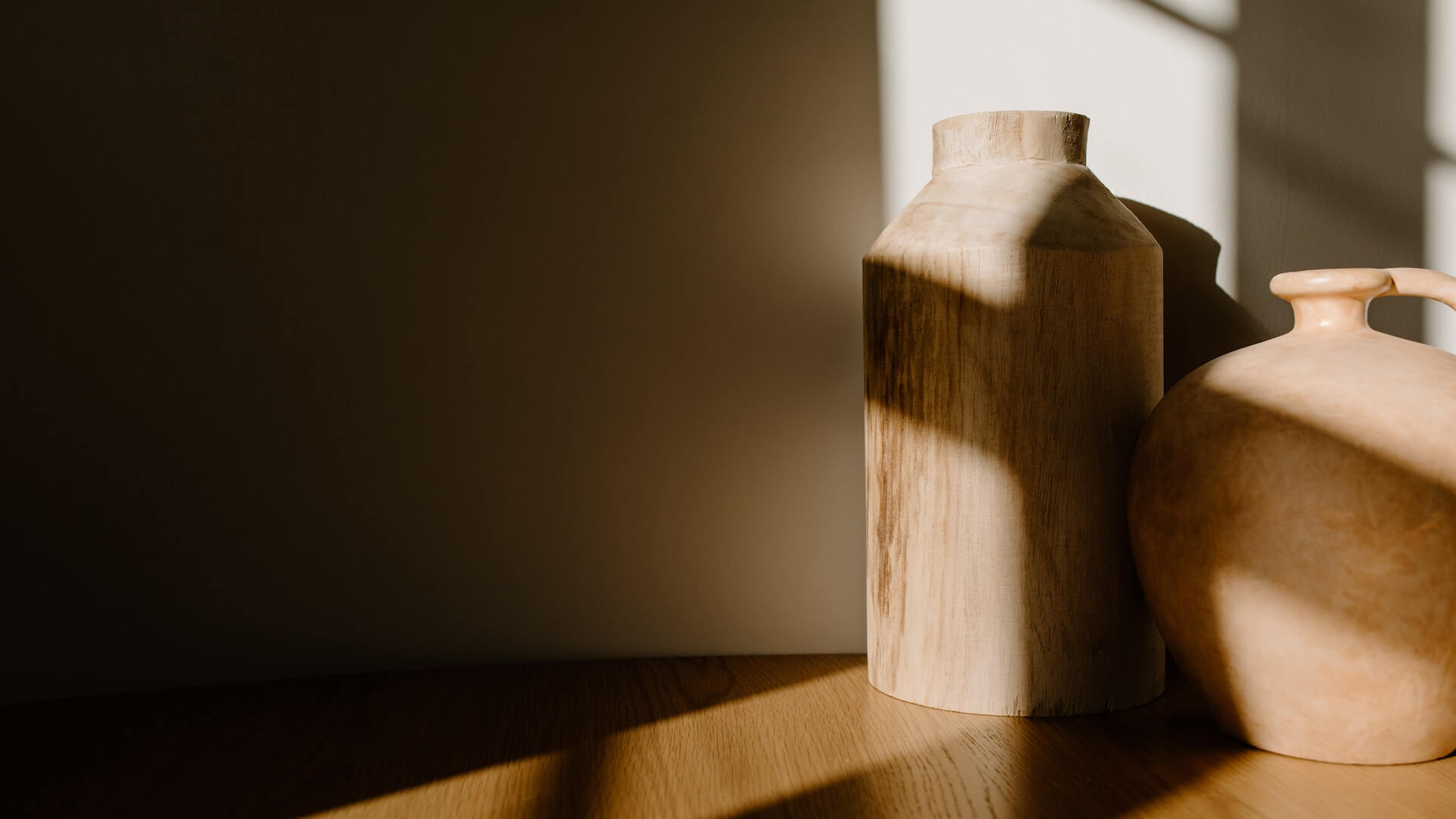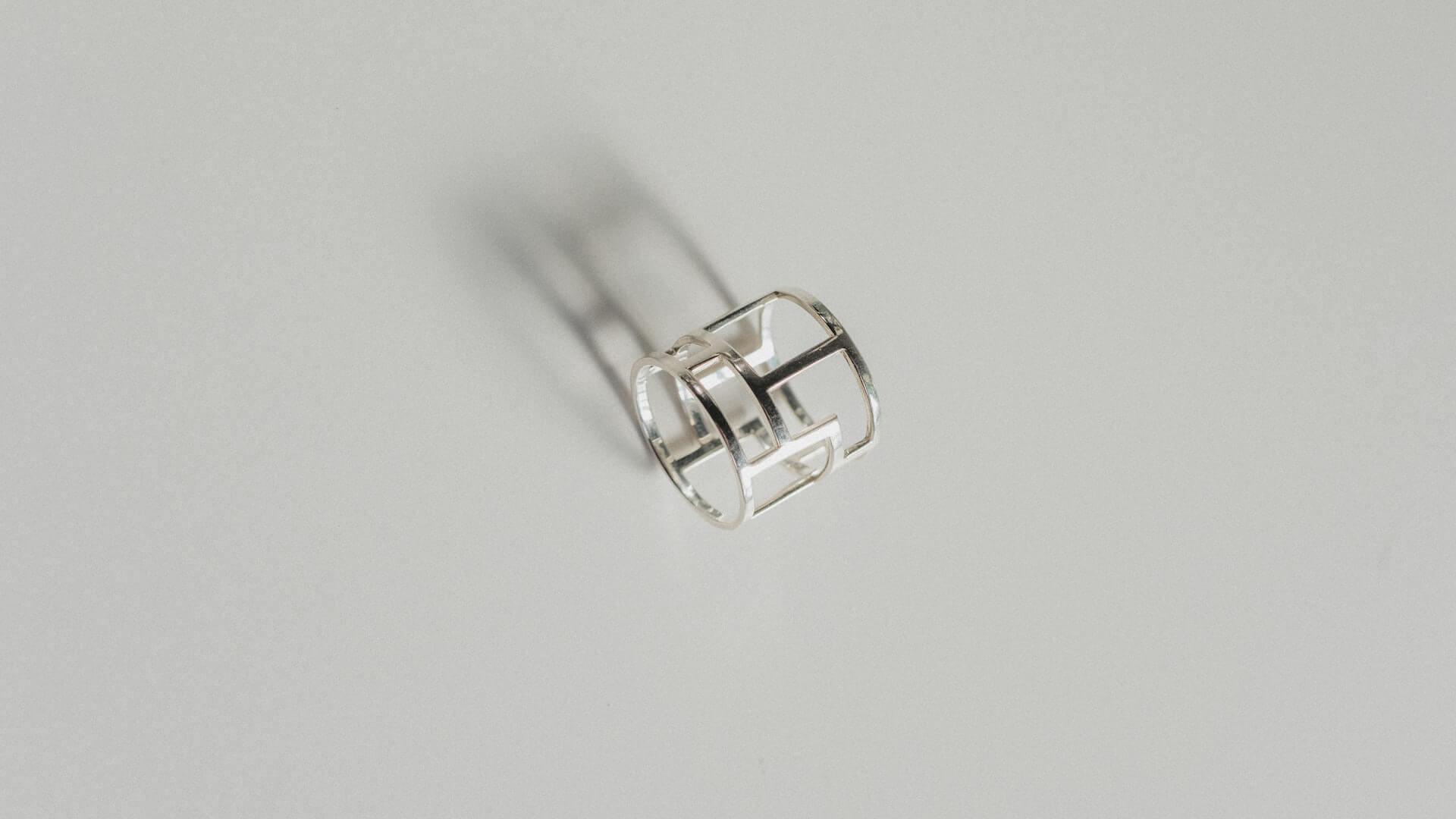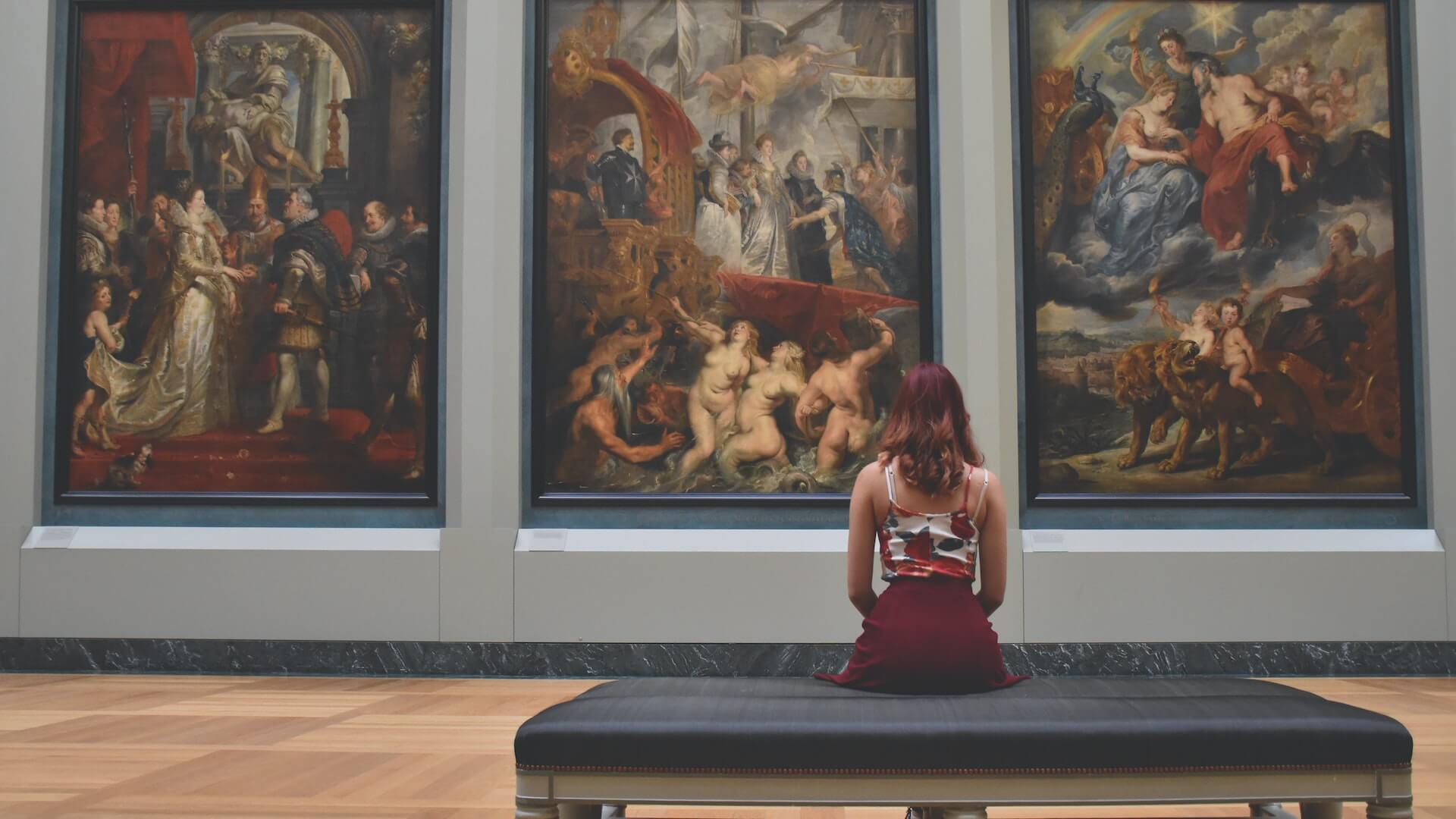Minimalistic photography is an art form that has gained immense popularity in recent years. In a world where we are constantly bombarded with visual stimuli, minimalistic photography is a refreshing change. The beauty of minimalistic photography lies in its simplicity. By stripping away unnecessary elements from a photograph, the focus is shifted to the subject, and the beauty of the subject is enhanced. In this post, we will delve into the world of minimalistic photography and explore how this art form can help you capture the beauty in simplicity. From choosing the right subject to playing with negative space, we’ll cover everything you need to know to create stunning minimalistic photographs. So, grab your camera and let’s dive into the fascinating world of minimalistic photography!
The concept of minimalism in photography
Minimalism in photography is a powerful concept that focuses on capturing beauty in simplicity. It is about stripping away unnecessary elements and distractions, allowing the subject to take center stage. By embracing minimalism, photographers can create images that evoke a sense of calmness, elegance, and clarity.

In minimalist photography, less is more. Instead of cluttering the frame with numerous elements, the photographer carefully selects a single subject or a few key elements that convey the intended message. This approach allows for a stronger visual impact and a more profound connection with the viewer.
One of the fundamental principles of minimalistic photography is negative space. By incorporating empty spaces in the composition, the subject becomes more prominent and draws the viewer’s attention. Negative space not only adds balance and simplicity but also enhances the overall visual aesthetic.
Another aspect of minimalism in photography is the use of clean lines and geometric shapes. Straight lines, curves, and patterns can create a sense of order and harmony within the frame. By focusing on these elements, photographers can emphasize the beauty of simplicity and create visually striking images.
Minimalistic photography also embraces a limited color palette. By reducing the number of colors in an image, photographers can create a more cohesive and harmonious visual experience. This simplicity allows the viewer to focus on the subject and appreciate the subtle nuances within the frame.
Benefits of minimalistic photography
Minimalistic photography is a powerful form of art that celebrates simplicity and showcases the beauty in its purest form. In a world filled with constant noise and clutter, minimalistic photography stands out by its ability to create impact with minimal elements.
One of the key benefits of minimalistic photography is its ability to evoke emotions and create a sense of calmness and tranquility. By stripping away unnecessary distractions, minimalist photographers capture moments that speak volumes with their simplicity. The minimalistic approach allows viewers to focus on the subject, appreciate its details, and interpret the emotions it evokes.
Another advantage of minimalistic photography is its timeless appeal. With a focus on essential elements, minimalistic images have a timelessness that transcends trends and fads. They possess an inherent elegance and sophistication that can be appreciated by viewers across generations.
Minimalistic photography also encourages creativity and experimentation. By challenging the notion that more is better, minimalistic photographers push themselves to find unique perspectives and compositions that convey their desired message with the fewest elements possible. This process of simplification often leads to innovative and striking visuals.
Furthermore, minimalistic photography can also serve as a form of visual meditation. The act of observing and capturing minimalistic scenes requires a heightened awareness of one’s surroundings. It invites photographers to slow down, pay attention to the smallest details, and appreciate the beauty in everyday moments that might otherwise go unnoticed.
Essential elements for capturing simplicity and beauty
When it comes to minimalistic photography, there are a few essential elements that can help you capture simplicity and beauty in your images. These elements not only guide your composition but also evoke a sense of calmness and elegance.

Firstly, focus on a single subject. Minimalistic photography is all about highlighting the beauty of one main element without distractions. Choose a subject that stands out against a clean and uncluttered background. It could be a single flower, a simple architectural structure, or even a lone figure in a vast landscape.
Next, pay attention to negative space. Negative space refers to the empty areas surrounding your subject. By incorporating ample negative space, you create a sense of balance and emphasize the subject’s importance. Experiment with different compositions and allow the negative space to breathe, giving your image a sense of minimalism.
Lighting plays a crucial role in capturing simplicity and beauty. Soft, diffused lighting works best for minimalistic photography as it creates gentle shadows and subtle highlights. Natural light, especially during the golden hour, can enhance the minimalistic aesthetic by adding a touch of warmth and tranquility to your images.
Another important element is simplicity in color palette. Opt for muted tones, neutral colors, or even black and white to keep the focus on the subject. Minimalistic photography often thrives on simplicity, and a limited color palette can help achieve that desired effect, allowing the subject’s form and texture to take center stage.
Lastly, pay attention to clean lines and geometric shapes. Look for strong lines, curves, and patterns that can add visual interest to your image. Incorporating these elements can create a sense of harmony and order, further enhancing the simplicity and beauty in your minimalistic photographs.
Choosing the right subject for minimalistic photography
In this art form, less is definitely more. The key is to find subjects that have a clean and uncluttered aesthetic, allowing the viewer to focus on the essence of the image.
Nature provides a wealth of opportunities for minimalistic photography. The smooth lines of a solitary tree against a clear sky, the ripples on a calm lake, or the simplicity of a single flower can all make stunning subjects. By isolating these elements and eliminating any distracting elements from the frame, you can create a sense of tranquility and serenity in your photographs.
Architecture can also lend itself well to minimalistic photography. The clean lines, geometric shapes, and negative space in buildings can create striking compositions. Look for buildings with minimalist design elements, such as modern skyscrapers or minimalist homes, and focus on capturing their simplicity and elegance.
Everyday objects can be transformed into captivating subjects through minimalistic photography. A single cup on a table, a perfectly placed shadow, or a lone chair in an empty room can all evoke a sense of mystery and intrigue. By paying attention to the details and isolating these objects against a plain background, you can create visually compelling images that invite the viewer to contemplate the beauty in the ordinary.
Composition techniques for minimalistic photography
By carefully arranging elements within the frame, you can bring out the beauty in simplicity and create visually captivating images. Here are some composition techniques to help you master the art of minimalistic photography.

1. Rule of Thirds:
The rule of thirds is a fundamental principle in photography. Divide your frame into a grid of nine equal parts by drawing two horizontal and two vertical lines. Place your main subject along these gridlines or at their intersections to create a balanced and visually pleasing composition.
2. Negative Space:
Negative space refers to the empty areas in your photograph. Embrace negative space to emphasize your subject and create a sense of minimalism. By allowing areas of your frame to be empty, you can draw attention to the main subject and create a sense of calm and simplicity.
3. Simplify the Background:
When capturing minimalistic photographs, it is essential to eliminate distractions in the background. Look for clean and uncluttered backgrounds that complement your main subject. This will help to create a sense of focus and highlight the simplicity of your composition.
4. Leading Lines:
Leading lines are a powerful compositional tool that can guide the viewer’s eye through the frame. Look for lines in your surroundings, such as roads, fences, or architectural features, that can lead towards your main subject. This technique adds depth and visual interest to your minimalistic photographs.
5. Symmetry and Patterns:
Symmetry and patterns can create a sense of balance and harmony in your images. Look for symmetrical elements or repetitive patterns in your scene and use them to create visually striking compositions. This technique adds a sense of order and elegance to your minimalistic photographs.
Playing with negative space
Playing with negative space in minimalistic photography is a powerful technique that can truly elevate your images and capture the essence of beauty in simplicity. Negative space refers to the empty or blank areas surrounding the main subject in your photograph. By purposefully incorporating negative space, you create a sense of balance, harmony, and focus on the subject itself.
When it comes to minimalistic photography, less is often more. Utilizing negative space allows you to strip away distractions and draw attention to the subject’s form, shape, or even its emotional impact. This empty space can create a sense of calmness, serenity, and a visual pause that invites the viewer to contemplate and appreciate the subject on a deeper level.
One of the keys to effectively using negative space is finding the right balance. It’s important to understand that negative space doesn’t have to be completely empty; it can be a simple, uncluttered background or a vast expanse of sky. Experiment with different compositions, perspectives, and angles to find the perfect balance between the subject and the surrounding negative space.
Incorporating negative space also allows you to convey a sense of minimalism and simplicity, emphasizing the subject’s importance by giving it room to breathe. This technique can be particularly powerful when photographing objects with clean lines, minimalist architecture, or even portraits, where the focus is on the subject’s expression or emotion.
Remember that negative space doesn’t have to be uniform or symmetrical. It can be irregular, asymmetrical, or even unconventional. By breaking the rules and embracing unconventional negative space, you can create visually striking images that challenge the viewer’s perception and evoke a sense of intrigue.
Mastering light and shadows in minimalistic photography
In this style, every element in the frame is intentionally placed, and the play of light and shadows becomes even more essential to create a visually striking image.

The key to achieving mastery in utilizing light and shadows lies in understanding their impact on the composition. Light can emphasize the subject, highlight its textures, or create a sense of depth. Shadows, on the other hand, can add drama, mystery, and a touch of elegance to the photograph.
When photographing minimalistic scenes, it’s important to pay close attention to the direction and quality of light. Soft, diffused light works exceptionally well in this genre as it creates gentle gradients and subtle transitions between light and shadow. This can be achieved by shooting during the Golden Hour, early morning, or late afternoon when the sunlight is softer and warmer.
In contrast, harsh light can be used strategically to create bold and high-contrast images. Shadows cast by strong light sources can add dynamic shapes and lines that add interest to an otherwise simple composition. Experimenting with different lighting conditions allows the photographer to explore various moods and atmospheres within minimalistic photography.
Additionally, understanding how light interacts with different surfaces is crucial. Reflective surfaces like glass or water can create captivating reflections and refractions, adding an extra layer of complexity to the composition. Matte surfaces, on the other hand, can absorb light, resulting in deep shadows and a sense of mystery.
The use of shadows in minimalistic photography is just as important as light. Shadows can be used to create negative space, leading the viewer’s eye towards the subject. By carefully positioning elements in the frame, shadows can be utilized to form geometric shapes or lines, enhancing the overall composition.
Editing tips for enhancing minimalistic images
When it comes to editing minimalistic photographs, less is often more. The goal is to maintain the clean and uncluttered feel of the image while subtly enhancing its visual impact.
One of the key editing techniques for minimalistic photography is to focus on enhancing the composition and emphasizing the main subject. Start by adjusting the exposure and contrast to create a balanced and visually pleasing image. Pay attention to the highlights and shadows to ensure a well-balanced tonal range.
Next, consider fine-tuning the colors in the image. Minimalistic photography often features a limited color palette, so it’s important to make sure the colors are harmonious and complementary. Adjust the saturation and vibrance to achieve the desired effect while maintaining the overall minimalist aesthetic.
In order to draw attention to the main subject, consider using selective editing techniques. This can be done by using tools like the adjustment brush or gradient filters to highlight specific areas of the image. By selectively adjusting the brightness, sharpness, or clarity, you can guide the viewer’s eye towards the focal point of the photograph.
Another effective editing technique for minimalistic photography is to experiment with different cropping options. Sometimes, a simple crop can create a stronger composition and eliminate any distracting elements. Play around with different aspect ratios and framing options to find the most visually compelling composition for your image.
Lastly, don’t forget about the power of black and white conversion. Removing color from an image can often enhance its minimalistic qualities and emphasize the textures, shapes, and lines within the frame. Experiment with different black and white editing presets to find the perfect balance between simplicity and visual impact.
Inspiring examples of minimalistic photography
Minimalistic photography is all about capturing beauty in simplicity. It is an art form that focuses on removing clutter and distractions, allowing the subject to take center stage. Here are some inspiring examples of minimalistic photography that will surely ignite your creativity:
1. A lone tree standing tall against a clear, blue sky. The minimalistic approach emphasizes the elegance and strength of the tree, creating a serene and captivating image.
2. A single flower, delicately positioned in a white vase against a plain background. The simplicity of the composition draws attention to the intricate details of the flower, highlighting its natural beauty.
3. A minimalist landscape photograph featuring a vast expanse of untouched snow. The absence of any other elements creates a sense of tranquility and purity, evoking a feeling of calmness in the viewer.
4. A close-up shot of a perfectly ripe apple on a clean, white surface. The minimalistic approach accentuates the vibrant colors and crisp texture of the fruit, inviting the viewer to appreciate its natural allure.
5. A minimalist architectural photograph capturing the sleek lines and geometric shapes of a modern building. The simplicity of the composition allows the viewer to focus on the structure’s clean design and visual harmony.
These examples demonstrate how minimalistic photography can transform ordinary subjects into extraordinary works of art. By stripping away unnecessary elements, the photographer can highlight the essence of the subject and create visually compelling images that evoke emotions and inspire contemplation.
Conclusion
In a world filled with constant noise and clutter, minimalistic photography allows us to appreciate the beauty of simplicity and capture it in a powerful way. By following the tips and techniques we discussed, you can elevate your photography skills and create stunning images that evoke a sense of calm and elegance. Remember, less is more when it comes to minimalistic photography, so embrace the simplicity and let your creativity shine through. Happy shooting!



